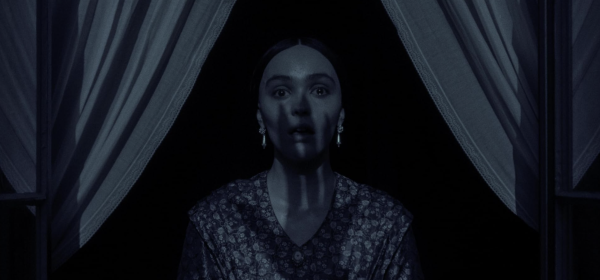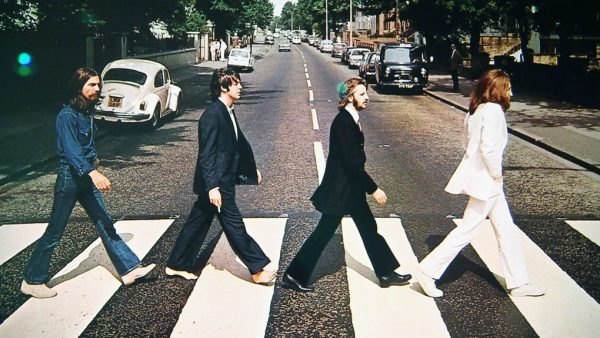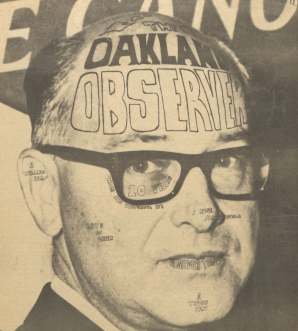Eating disorders  the masked villain
By WENDELL SMILEY
Contributing Reporter
Sophomore sociology major Jennifer holds tissue in her hand tightly as she maskestands in line to pay for a salad.
“This is not easy for me,” said Jennifer. She is anorexic and has urges to binge followed by purging occasionally.
Jennifer seems vibrant, smart, pretty and truly sweet — you would never know of her struggle with an eating disorder.
“Perception is not always reality,” said Jennifer. “We’re all about culture. Everybody who watched TV would have one.”
“When you hit certain depths of numbness, you reach despair. I felt suicidal. Starting very young I bounced from foster home to foster home. I did not eat because there was nothing to eat, or I was in a state of shock and worry.”
Jennifer sought professional help and is battling her disorder one day at a time.
“It’s learning how to live in the body you have and in the life that you have,” said Jennifer. “I felt like someone who bites their nails and knows they should stop. They can’t stop.”
As Jennifer continues with her story, her playful smile turns into a cold stare.
“What triggered it?” Jennifer asks herself. “I wanted to self-harm myself. Not eating was an alternative to suicide, a defense mechanism.”
It is hard for Jennifer to talk about times of physical and emotional abuse she put herself through. It got to a point when people around to her began to take notice.
“This guy I really like told me I was ‘too thin.’ That hurt,” said Jennifer. “It won’t go away on its own.”
According to WebMD.com, it is estimated 3.7 percent of females suffer from anorexia.
“Once I got into a stable place, someone pointed out my eating habits. After some resistance I did seek help,” said Jennifer. “It changed my life.”
Influences of eating disorders are starting to show a rise in athletes and dancers as well. According to caringonline.com, eating disorders affect 62 percent of females in sports like figure skating and gymnastics.
Because athletes are engaging in strenuous physical activity and putting a lot of pressure on the body, eating disorders can put them at higher risk for electrolyte imbalances and cardiac arrhythmias.
OU biology freshman Sarah Thompson runs track and field and cross county for OU with fellow freshman Amy Noser. They both pay close attention to their eating habits.
“It’s important to watch weight, but stay healthy,” said Noser.
“I stay hydrated. Our coach is always saying don’t eat just pizza or red meat,” said Thompson. “Coach makes a big effort to schedule classes around lunch. Coach says to eat healthier. What you eat is your body’s fuel.”
Those who suffer from eating disorders are typically not open about their problem.
Susan Baron is a graduate student of psychology and says that it is hard to detect an eating disorder early on.
“Seeds of an eating disorder are there before obsessive behavior takes hold,” said Baron. “Those with eating disorders are very private and guarded.”
Girls like Jennifer have very guarded exteriors.
“I think it is very psychological,” said Noser. “[Those with eating disorders] don’t even see what they really look like.”
“It’s hard to let people in,” said Jennifer. “Sometimes I tell myself those days are gone. I can sit and just cry, but now it’s a good cry.”







